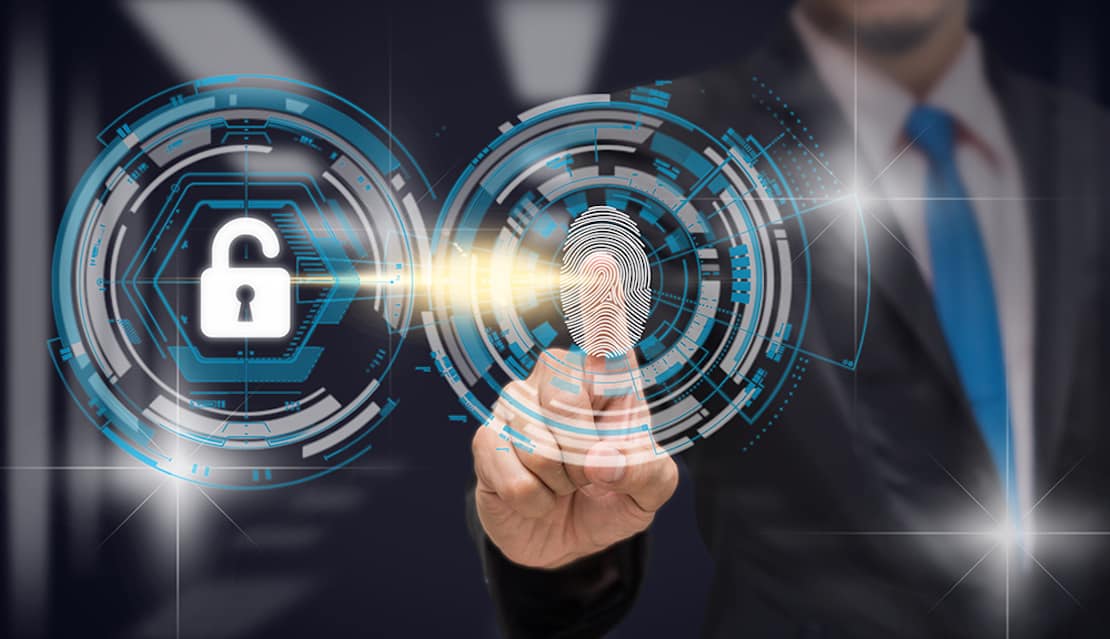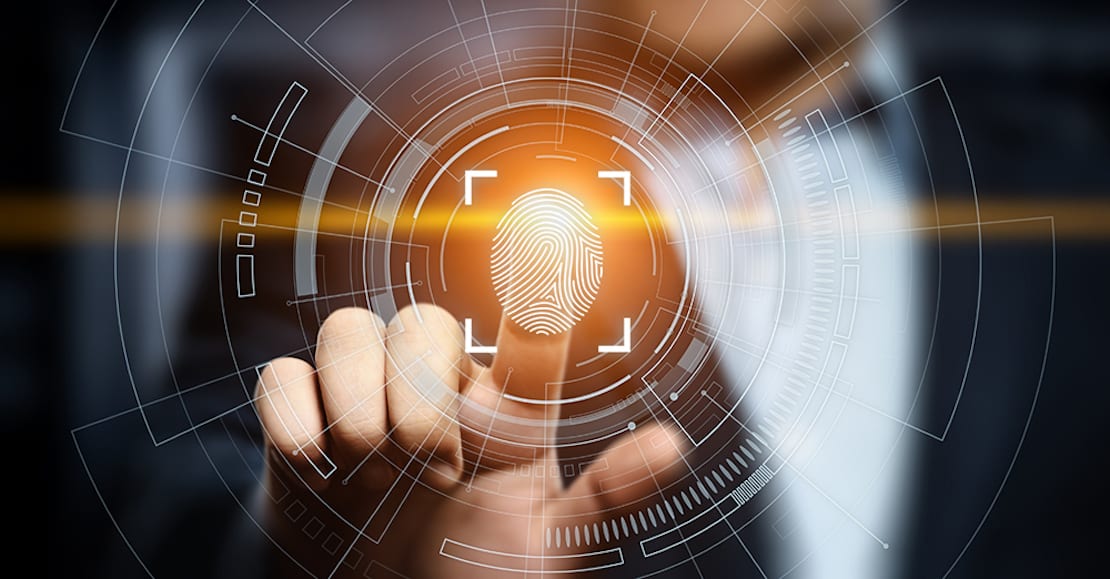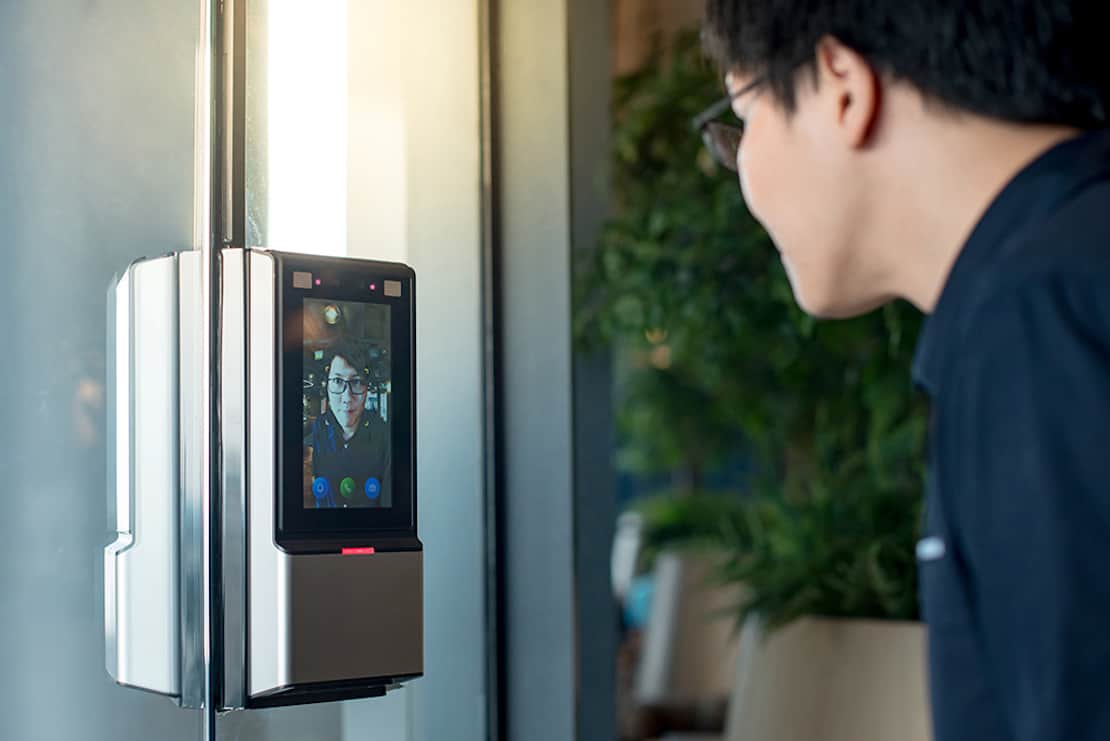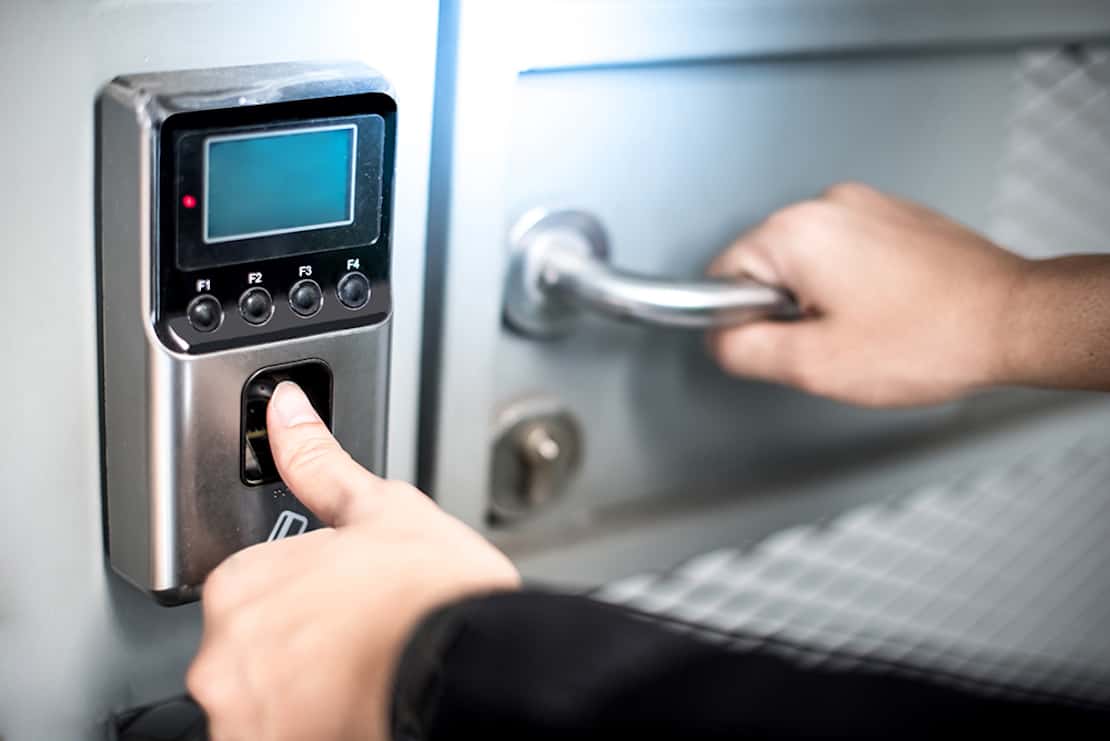
Security systems with biometric capabilities are the pinnacle of security in the modern world. The word ‘biometrics’ has Greek roots, and literally means ‘life measurements’. These systems are top of the line high security options, and are very useful and high-functioning, especially for businesses.

What is Biometrics?
Biometrics itself is the measurement of physical, behavioral, or biological traits of an individual. These physical attributes can range from hair or eye color, to fingerprints, to tone or accent when speaking (vocal recognition). Therefore, biometric security systems are those that use these physical, biological, and behavioral characteristics to identify an individual and either grant or deny them access to a room or asset within a building.

Why Are These Systems Useful?
Though biometrics themselves have been around for almost 100 years, modern biometric security systems are highly advanced and very helpful when it comes to protecting buildings and the assets that lie within them, whether they be physical or digital. Since access is granted or denied based on individual features that are very difficult to recreate or change, the likelihood of an unauthorized person to be granted access is much lower than it would be with a less elaborate system.

The Basics
A standard biometric system is comprised of 4 main components: the input interface, the processing unit, the data store, and the output interface:
- Input interface: These are the sensors that read human data (such as a fingerprint or an iris scanner) and convert it into digital data.
- Processing Unit: After the data from the sensors is converted into digital information, it is the job of the processing unit to, well, process it! This may include things like image enhancement, extraction of a specific feature, or comparison of the collected data with that which is stored in the database.
- Data Store: The processing unit pulls information from the data storage which is used to compare the collected sample to the one logged into the system.
- Output interface: This component communicates the decision, access granted or denied, to the rest of the system.
For example, let’s say you are attempting to enter Room A. You scan your fingerprint or iris on the input interface. The processing unit receives data from the data storage to help the system determine whether your scan matches one that has been programmed into the database for someone that has access to Room A. If your scan does match, the output interface will grant you access to Room A.
Pros and Cons
As with any security system, there are certain advantages, as well as fallbacks. Biometric security is no different, and like all, is prone to shortcomings:
Pros:
- Individual characteristics are just that: individual. This makes it much harder to ‘break into’ a biometric system. It is much more difficult to recreate a biological characteristic than it is to duplicate a key, crack a code, or get your hands on a key fob.
- Though the process of authentication may sound complicated, the user experience itself is very easy and convenient. There is no need to remember key codes or number combinations, and it is impossible to lose a key or access card since none exist.
- With biometric systems, it is much easier to control who has access and when they have it. Simply deleting biometric data from data storage will ensure that that individual can no longer enter the facility or specific room, eliminating the risk of floating keys or cards.
Cons:
- As can be expected from the most high-tech security system, the cost for implementation is quite high when it comes to biometric systems. However, this is coupled with a high reduction in risk for your business and assets.
- Additionally, privacy concerns can arise with biometric security. When a user’s individual facial features are scanned, they are converted into data and stored. This can pose a problem with regards to data breaches and surveillance. This data, if hacked or stolen, can be used to track a user rather effectively.
- Though the biometric system is very powerful, it is still prone to bias, inaccuracy, and false positives. For example, if you were to injure the exact finger that is used in a fingerprint scan, this would create an issue. Additionally, individuals who are handicapped may not be able to provide the necessary data to log them into the system.
Conclusion
With all of this being said, it is ultimately up to the individual business owner to decide whether or not a biometric security system is the most optimal solution for their unique organizational needs. Furthermore, if you have any more questions regarding biometric security, or would like to schedule an appointment for a security audit or system installation, call your local Pop-A-Lock experts today!


